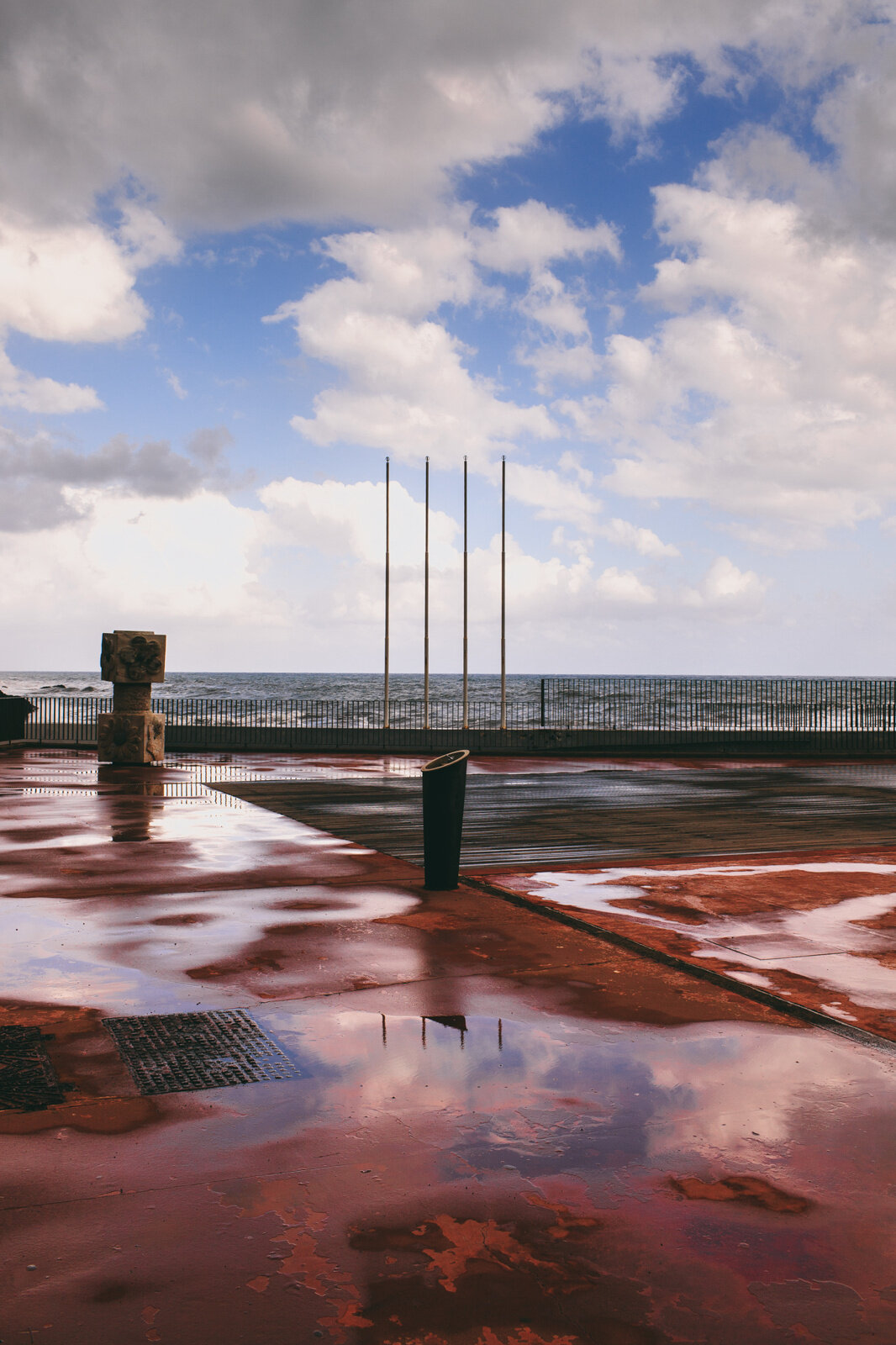The theory of insular biogeography
proposes that the number of species found in an undisturbed insular environment ("island") is determined by immigration and extinction. And further, that the isolated populations may follow different evolutionary routes, as shown by Darwin's observation of finchesin the Galapagos Islands. Immigration and emigration are affected by the distance of an island from a source of colonists (distance effect). Usually this source is the mainland, but it can also be other islands. Islands that are more isolated are less likely to receive immigrants than islands that are less isolated.
The rate of extinction once a species manages to colonize an island is affected by island size; this is the species-area curve or effect. Larger islands contain larger habitat areas and opportunities for more different varieties of habitat. Larger habitat size reduces the probability of extinction due to chance events. Habitat heterogeneity increases the number of species that will be successful after immigration.
Selected photos from Madeira island, 2013.





























